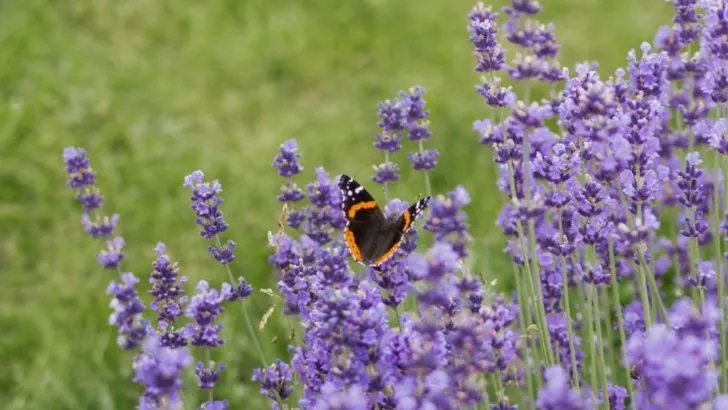As water conservation becomes more important than ever, many gardeners are turning to greywater—the gently used water from sinks, showers, and laundry—to keep their gardens green. But not all plants can handle it. The good news? There’s a stunning list of plants that not only tolerate greywater, but actually thrive on it.
These resilient species are low-maintenance, drought-tolerant, and still deliver that lush, vibrant look every gardener craves. From fragrant herbs to hardy ornamentals, they’re perfect for creating beautiful, sustainable landscapes that make the most of every drop.
In this guide, we reveal which plants are best suited for greywater systems and how to use them safely and effectively. With the right choices, your garden can be both eco-conscious and breathtakingly lush—even in the driest conditions.
Lavender
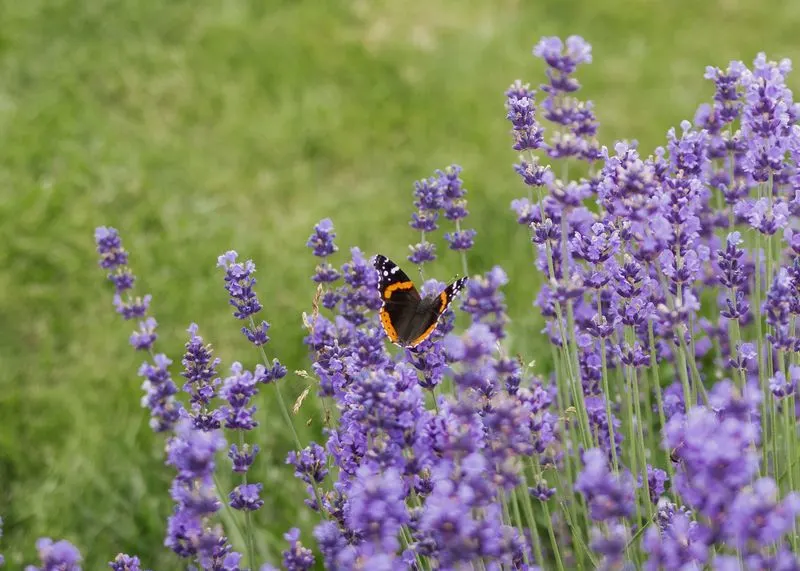
Lavender, the epitome of serenity, handles greywater with ease. Its drought-tolerant nature allows it to flourish where other plants may falter. Beyond its soothing fragrance, lavender’s silvery foliage adds a touch of elegance to any garden. Did you know? It’s not just for aesthetics; lavender oil is a popular choice for aromatherapy lovers. Ideal for dry, sunny spots, this resilient herb thrives without fuss. Whether in pots or as a hedge, lavender introduces a timeless charm to landscapes. Its ability to thrive on recycled water makes it a sustainable choice for earth-conscious gardeners.
Rosemary
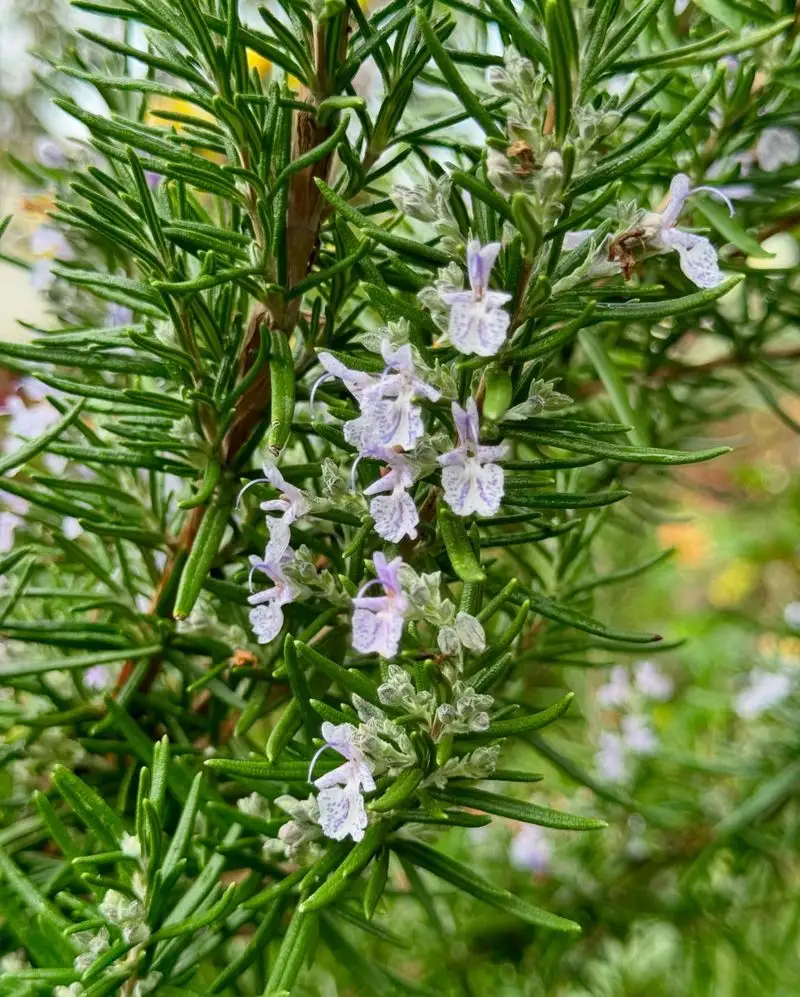
Rosemary, beloved for its aromatic leaves, is more than a kitchen staple. This robust plant thrives in well-drained soil, making it perfect for greywater irrigation. Its needle-like foliage remains vibrant even in challenging conditions. Not only does rosemary add flavor to dishes, but its bushes also serve as natural air fresheners. Historically, rosemary has symbolized remembrance, often used in ceremonies. Its hardy nature means it can withstand dry spells, requiring minimal attention. Gardeners appreciate its adaptability, and it’s a delightful companion for other drought-resistant plants in your garden.
Agave
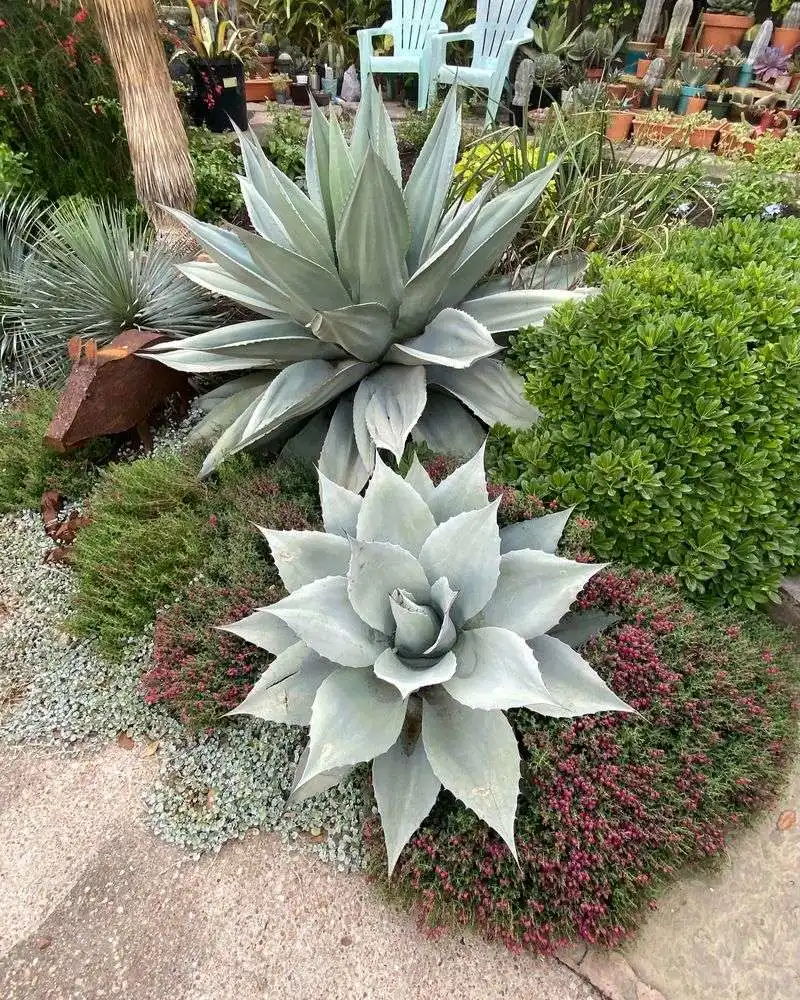
Agave’s striking architecture makes it a standout in any garden. Known for its succulent leaves, this desert dweller is perfectly adapted to thrive on minimal water, including greywater. Its slow growth and dramatic presence make it an ideal focal point. Agave’s ability to store moisture ensures it remains vibrant through dry spells. Historically, agave has been used for medicinal purposes and in the production of tequila. This hardy plant is not only functional but also adds a touch of the exotic to your garden, all while conserving precious water resources.
Sedum
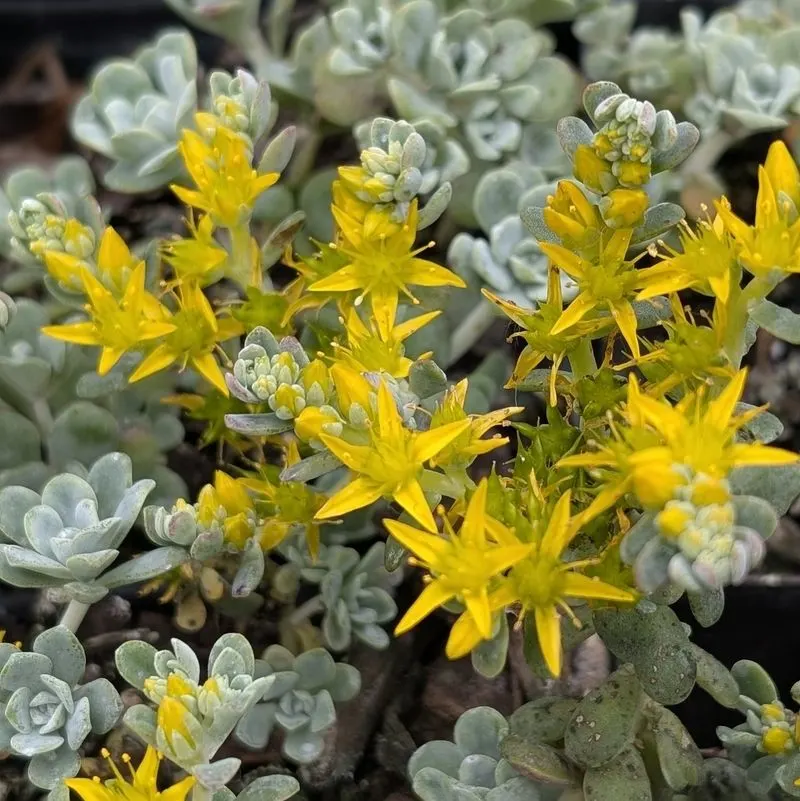
Sedum, with its diverse palette of colors, is a delightful addition to any greywater-friendly garden. These succulent perennials are renowned for their ability to thrive on neglect, requiring minimal water and care. Their fleshy leaves store water efficiently, accommodating greywater irrigation with ease. Sedum’s versatility allows it to be used in rock gardens, borders, or as ground cover. Interestingly, some varieties are edible, adding a crunchy texture to salads. Its resilience and low-maintenance nature make sedum an excellent choice for gardeners looking to conserve water without compromising on aesthetics.
Oleander
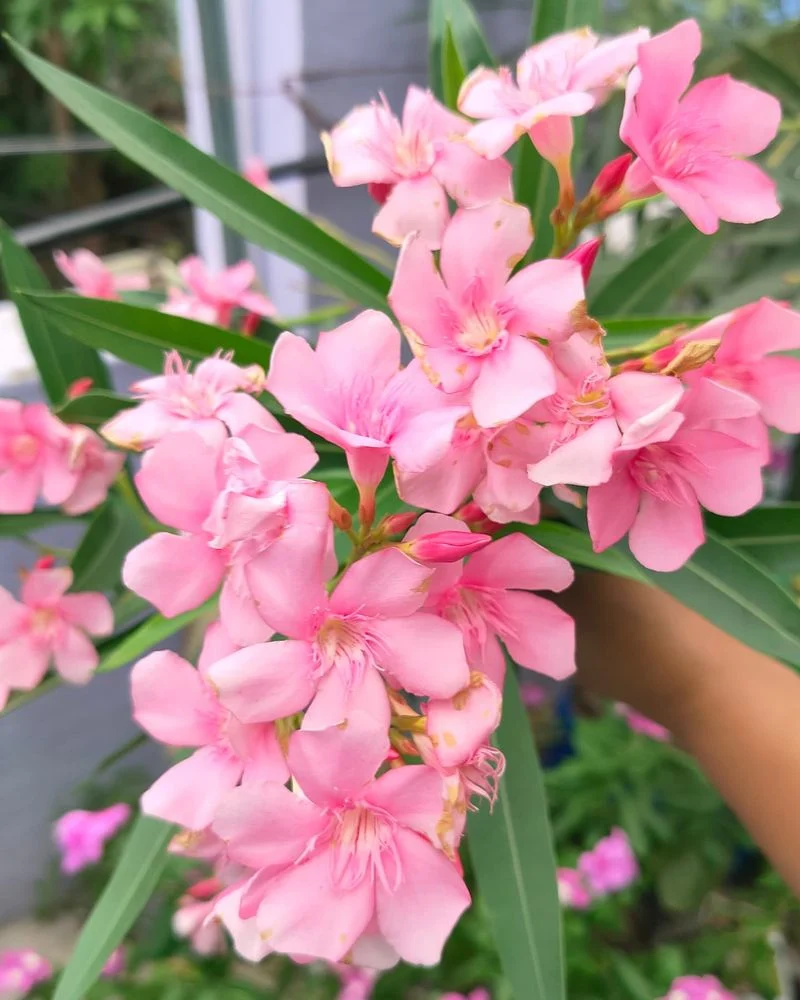
Oleander’s vibrant blooms are a sight to behold, and its tolerance for greywater makes it a valuable garden ally. With its evergreen leaves and striking flowers, oleander offers year-round beauty. This hardy shrub can handle tough conditions, thriving in full sun and well-drained soils. While oleander is toxic if ingested, it’s a popular choice for ornamental purposes due to its resilience and stunning blooms. Gardeners adore its ability to create dense, colorful hedges that require little water maintenance, making it ideal for sustainable landscaping.
Yucca
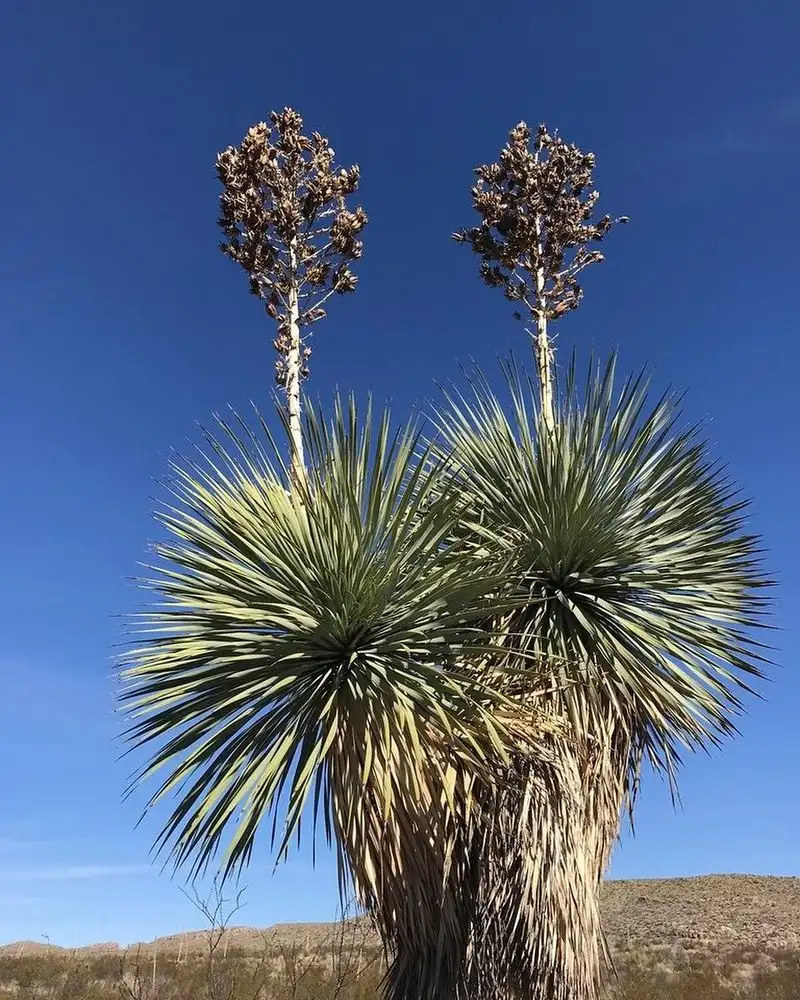
Yucca brings an architectural flair to gardens, combining striking form with tough resilience. Its sword-like leaves and towering flower spikes thrive in arid conditions, happily receiving greywater. This hardy plant requires little maintenance, making it an attractive option for busy gardeners. Historically, Native Americans utilized yucca for its fibrous leaves and edible flowers. Its robust nature makes it a valuable addition to water-wise gardens, offering both beauty and functionality. Whether used as a focal point or integrated into a desert landscape, yucca stands out as a sustainable choice.
Lantana
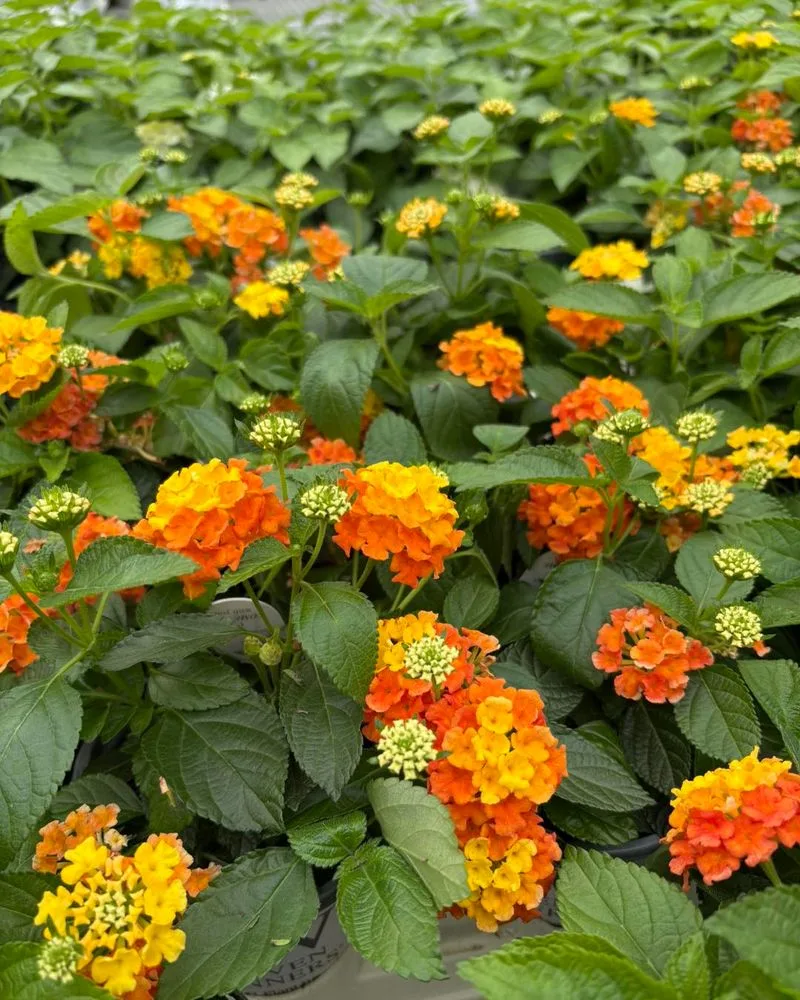
Lantana, celebrated for its kaleidoscope of blooms, is a butterfly magnet in the garden. This versatile plant is well-suited to greywater irrigation, thriving in sunny locations. Its vibrant flowers change hues as they mature, offering a dynamic display of color. Lantana’s hardy nature means it can withstand heat and drought, requiring minimal care. Considered invasive in some regions, it’s important to manage its growth responsibly. Its ability to attract pollinators while conserving water makes lantana a delightful, eco-friendly addition to any garden seeking a splash of color.

